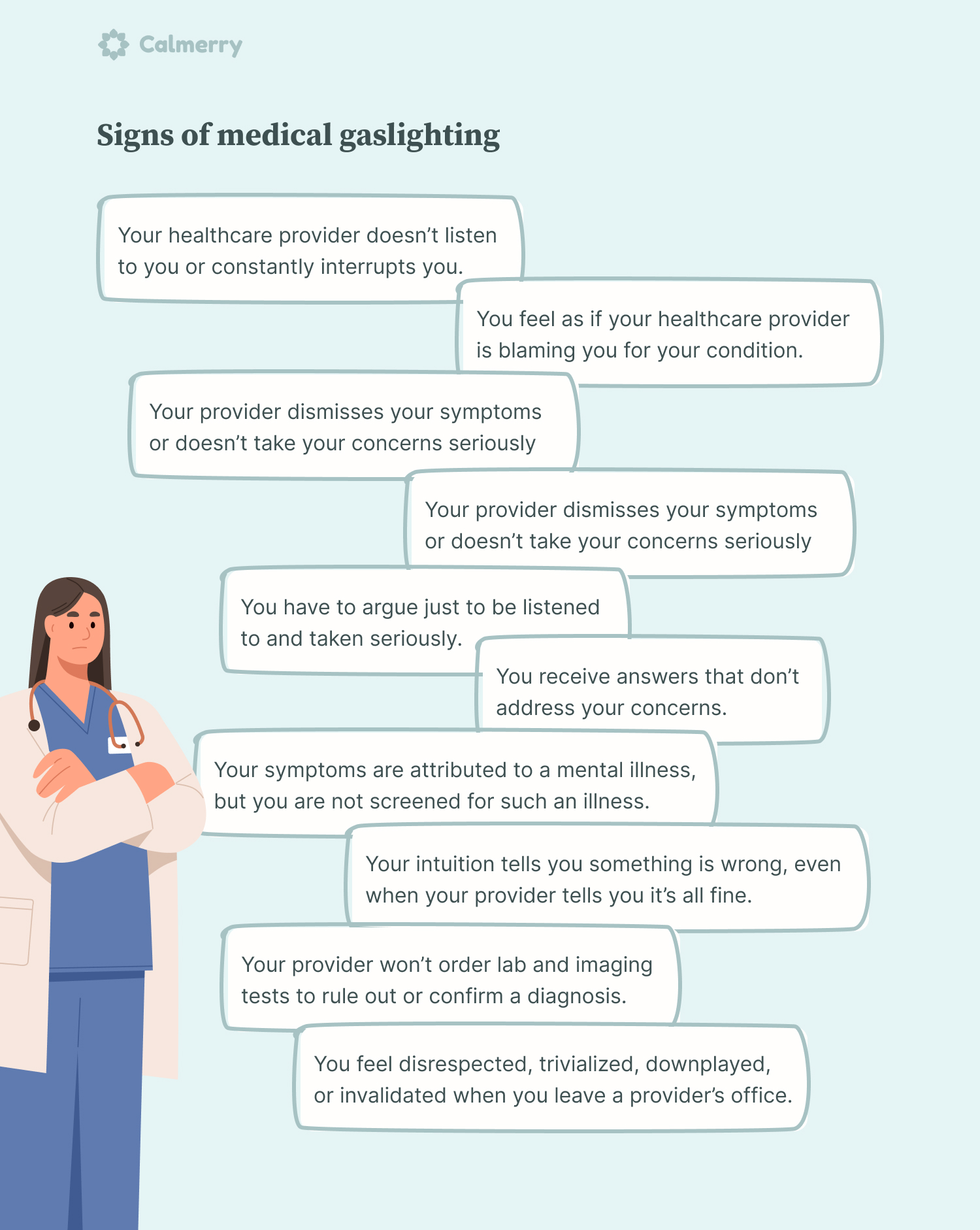Recent research sheds light on the critical link between exercise and colon cancer survival, revealing that regular physical activity can significantly enhance the longevity of patients recovering from stage 3 colon cancer. This study from Dana-Farber Cancer Institute emphasizes how post-treatment exercise not only reduces survival disparities between colon cancer patients and the general population but may also lead to improved overall survival rates. The findings indicate that cancer survivors who engage in higher levels of physical activity post-treatment have a better chance of outliving their peers who are inactive, highlighting the importance of physical activity cancer treatment. Additionally, the data supports prior colon cancer research showing that exercise bolsters the resilience of cancer survivors and provides myriad post-treatment exercise benefits. Incorporating even modest amounts of physical activity could make a considerable difference in survival outcomes, giving hope to many facing the challenges of colon cancer recovery.
Exploring the benefits of physical movement on cancer recovery, this new evidence suggests that engaging in regular activity can play a pivotal role in enhancing the life expectancy of individuals who have battled colorectal malignancies. Early findings indicate that incorporating exercise into the treatment regimen may help bridge the gap between cancer patients and their counterparts in the general population regarding survival rates. As more colon cancer research unfolds, it becomes increasingly evident that even low levels of exercise can significantly impact the well-being of cancer survivors. The implications of post-treatment physical activity are profound, providing new avenues for improving health outcomes for those navigating the aftermath of cancer. This growing body of evidence highlights the essential role that fitness plays in a survivor’s journey toward regaining strength and resilience.
Impact of Post-Treatment Exercise on Colon Cancer Survival Rates
Post-treatment exercise has emerged as a vital component in improving survival rates for individuals recovering from colon cancer. Research from Dana-Farber Cancer Institute shows that regular physical activity significantly narrows the survival gap between stage 3 colon cancer patients and the general population. The study’s findings indicate that those who engage in higher levels of physical activity demonstrate survival rates that closely resemble individuals without a history of cancer, highlighting the importance of exercise post-treatment.
The data collected from two major clinical trials revealed striking statistics regarding the survival benefits associated with post-treatment exercise. For instance, patients maintaining an active lifestyle, recording at least 18 MET-hours per week, showed overall survival rates that were nearly on par with their healthy counterparts. In contrast, those with minimal activity reported survival rates that were markedly lower, underscoring how crucial physical activity is for both recovery and long-term health outcomes.
Exercise: A Solution for Reducing Disparities Among Cancer Patients
Disparities in survival rates among colon cancer patients compared to the general population often stem from a multitude of factors, including lifestyle choices and health status. With evidence indicating that post-treatment exercise can dramatically alleviate these disparities, the importance of integrating physical activity into cancer recovery plans cannot be overstated. The study shows that engaging in physical activity directly contributes to improved health outcomes, particularly for patients facing a recurrence of their disease.
Moreover, Meyerhardt’s assertion that ‘some exercise is better than none’ reflects a crucial message for cancer survivors: even small increments of physical activity can yield significant benefits. By establishing realistic exercise goals, patients can not only enhance their quality of life but also increase their survival prospects. This approach encourages a shift towards a proactive recovery strategy, allowing survivors to take charge of their health outcomes through consistent and meaningful exercise.
Understanding the Role of Physical Activity in Cancer Treatment
Physical activity has long been recognized for its health benefits, but its role in cancer treatment specifically is gaining traction in scientific research. Numerous studies are beginning to highlight the positive impact of exercise on cancer treatment outcomes, particularly in terms of survival rates and quality of life for patients. The research from Dana-Farber elaborates on how post-treatment exercise can not only aid in recovery but also contribute to lowering recurrence rates among colon cancer survivors.
For cancer patients, integrating physical activity into daily routines serves as a powerful adjunct to traditional treatment methods. It becomes essential not only for maintaining overall health but also for improving specific outcomes related to colon cancer. Physical activity minimizes treatment side effects, boosts immune function, and increases the likelihood of favorable survival rates, making it an invaluable component of comprehensive cancer care.
The Importance of MET-Hours in Measuring Exercise Impact
In researching the correlation between physical activity and survival rates, the concept of MET-hours, or metabolic equivalent hours, plays a critical role. This measurement quantifies physical exertion, helping researchers correlate levels of activity to overall health outcomes among colon cancer patients. The findings suggest that achieving higher MET-hour totals is integral to enhancing survival prospects, demonstrating that those who maintain an active lifestyle fare significantly better than their less active peers.
In the context of cancer recovery, understanding MET-hours aids both researchers and patients in setting achievable and effective exercise goals. By targeting 18 or more MET-hours per week, cancer survivors can significantly improve their long-term survival rates, as evidenced by the data analysis from significant clinical trials. This metric not only provides a framework for assessing physical activity but also empowers patients to engage in exercise tailored to their abilities and health status.
Exercise and Quality of Life for Cancer Survivors
The pursuit of quality of life is paramount for individuals recovering from colon cancer, and regular exercise is a key element that can enhance this aspect. Engaging in physical activity not only improves physical health but also uplifts mental well-being, fostering a sense of normalcy and control during recovery. Research has demonstrated that survivors who maintain an active lifestyle experience improved emotional health, making exercise a holistic approach to recovery.
Furthermore, the incorporation of exercise into everyday routines provides cancer survivors with social engagement opportunities through group classes or community events. This social aspect is invaluable, as it helps reinforce the support networks that are crucial during recovery. As cancer survivors embrace fitness as part of their lifestyle, they not only cultivate resilience but also inspire others in similar situations to prioritize their health and well-being.
Exercise as a Key Factor in Cancer Recurrence Prevention
Preventing cancer recurrence holds significant importance for colon cancer survivors, and exercise emerges as a pivotal factor in this effort. Research findings show that individuals who engage in regular physical activity have a lower chance of their cancer returning compared to those with sedentary lifestyles. The metabolic changes and enhanced immune response associated with physical activity may contribute to this reduced risk, making exercise a vital component of cancer post-treatment protocols.
In the face of potential recurrence, establishing a routine that prioritizes physical activity not only supports physical health but also serves as a psychological safeguard. Survivors can bolster their confidence and resilience by committing to fitness, enabling them to combat feelings of uncertainty about their health status. Through a proactive approach to exercise, cancer survivors can cultivate a sense of empowerment and agency in their recovery journey.
The Role of Clinical Trials in Advancing Exercise Research
Clinical trials play a crucial role in advancing our understanding of the relationship between exercise and cancer treatment outcomes. The research conducted by Dana-Farber Cancer Institute, along with evidence from national trials, provides a foundation for establishing clear guidelines surrounding physical activity during and after cancer treatment. By analyzing data collected from thousands of patients, researchers can draw correlations that highlight the merits of an active lifestyle in improving survival rates.
These clinical trials not only inform best practices for cancer care but also encourage subsequent research into exercise prescriptions for cancer patients. As findings continue to validate the importance of physical activity, oncologists and healthcare providers are increasingly integrating exercise recommendations into treatment plans. This evidence-based approach paves the way for improved strategies for enhancing quality of life and optimizing survival rates among colon cancer survivors.
Building a Supportive Community for Cancer Exercise Initiatives
Creating a supportive community for cancer survivors emphasizes the necessity of integrating exercise into recovery plans. Whether through local groups, online forums, or healthcare provider initiatives, fostering a communal environment encourages survivors to engage in physical activity. Sharing experiences and encouraging one another to adopt healthier habits creates a synergistic effect, amplifying the benefits of exercise.
Communities that prioritize exercise initiatives also play a pivotal role in disseminating vital information about the importance of physical activity regarding cancer treatment outcomes. By participating in workshops, fitness classes, or health seminars, survivors can gain insights into how to effectively incorporate exercise into their daily lives. The collaborative effort strengthens the overall cancer recovery landscape, enhancing survivorship experiences and outcomes.
Future Directions in Exercise and Colon Cancer Research
As research continues to evolve, there is a growing need to explore the varying impacts of different types and intensities of physical activity on colon cancer outcomes. Future studies may focus on personalized exercise regimens that consider individual patient characteristics and preferences, potentially leading to even more effective interventions. Understanding how specific exercise modalities influence recovery will further enhance treatment guidelines for cancer survivors.
Additionally, examining the long-term effects of sustained exercise on recurrence rates will be pivotal in shaping comprehensive cancer care strategies. Insights gleaned from ongoing research will inform healthcare practices and empower cancer survivors to incorporate exercise into their lives, ultimately paving the way for better overall health outcomes. The synergy between physical activity and cancer treatment is poised to remain a focal point of investigation, promising to enhance the lives of individuals battling and surviving colon cancer.
Frequently Asked Questions
How does exercise impact colon cancer survival rates?
Regular exercise after treatment for colon cancer significantly improves survival rates for patients. Research from Dana-Farber indicates that individuals who engage in physical activity post-treatment enjoy survival rates more comparable to the general population, particularly for stage 3 colon cancer survivors. This suggests that exercise plays a crucial role in enhancing long-term survival outcomes.
What types of physical activity are beneficial for colon cancer survivors?
Colon cancer survivors are encouraged to participate in a variety of physical activities, including walking, swimming, or strength training. The key is to achieve at least 18 MET-hours of activity weekly to align survival rates closer to the general population. Even short sessions of exercise, such as 10 to 20 minutes, can be beneficial if more extended workouts are not feasible.
Are there specific recommendations for post-treatment exercise for colon cancer patients?
Post-treatment for colon cancer, patients are advised to incorporate regular physical activity into their routine. According to the Dana-Farber study, engaging in at least 18 MET-hours of moderate-intensity exercise weekly can significantly impact survival rates. It is essential to start gradually and find activities that suit individual fitness levels.
Can exercise reduce disparities in survival rates among colon cancer patients?
Yes, exercise has been shown to reduce disparities in survival rates among colon cancer patients. Patients who reported higher levels of physical activity experienced survival outcomes much closer to those of the general population, thereby diminishing the gap in survival statistics between cancer patients and similar-aged individuals.
What are the overall benefits of post-treatment exercise for cancer survivors?
The benefits of post-treatment exercise for colon cancer survivors include improved survival rates, better overall health, reduced recurrence rates, and enhancements in physical and emotional wellbeing. Regular physical activity has a profound positive impact, helping survivors to maintain a better quality of life while boosting their chances of long-term survival.
How is physical activity measured in colon cancer research?
In colon cancer research, physical activity is often measured in metabolic-equivalent hours per week (MET-hours). This metric quantifies the intensity and duration of activities, allowing researchers to analyze the impact of exercise on survival rates effectively. For example, walking for an hour most days can accumulate approximately 18 MET-hours.
What study findings point to the importance of exercise for colon cancer survivors?
Research findings from Dana-Farber reveal that colon cancer survivors engaging in regular exercise have lower overall mortality rates compared to their less active peers. Specifically, patients with higher activity levels had survival rates significantly closer to the matched general population, emphasizing the crucial role of exercise in cancer survivorship.
How does low physical activity affect colon cancer recurrence and survival?
Low physical activity levels are strongly linked to poorer survival outcomes among colon cancer patients. For those experiencing cancer recurrences, lower activity levels corresponded to a 50.5 percent decrease in survival rates when compared to matched individuals in the general population, highlighting the need for increased exercise engagement.
What recommendations do experts give for cancer survivors who struggle with exercise?
Experts recommend that cancer survivors who struggle with exercise begin with manageable goals, such as brief sessions of low-intensity activity. Even short bursts of 10 to 20 minutes can contribute positively to health outcomes, and any form of movement is better than none, making it crucial to find enjoyable activities.
What role does the National Institutes of Health play in colon cancer exercise research?
The National Institutes of Health (NIH) funds research initiatives focused on the impact of exercise in cancer treatment and survivorship. Their support allows for extensive studies, such as those conducted by Dana-Farber, that explore the relationship between physical activity and survival rates among colon cancer patients.
| Key Point | Details |
|---|---|
| Regular Physical Activity | Post-treatment exercise can eliminate survival disparities in colon cancer patients compared to the general population. |
| Impact of Exercise on Survival | Engaging in physical activity correlates with longer survival rates for colon cancer survivors. |
| Research Background | The analysis used data from two National Cancer Institute trials involving stage 3 colon cancer patients. |
| Exercise Levels and MET-hours | High activity levels (18+ MET-hours/week) showed better survival rates compared to low activity levels ( |
| Importance of Follow-Up | Most recurrences occur within 2-3 years, making post-treatment exercise critical for survival. |
Summary
Exercise and colon cancer survival are closely linked, as recent studies demonstrate that regular physical activity after treatment significantly enhances survival outcomes for patients. Engaging in exercise can markedly reduce survival disparities between colon cancer patients and the general population, leading to improved long-term health results. The research highlights the importance of maintaining an active lifestyle to not only aid recovery but also prolong survival, emphasizing that even small amounts of exercise can be beneficial. Therefore, incorporating regular physical activities post-treatment can be a crucial factor in enhancing survival rates for colon cancer survivors.


